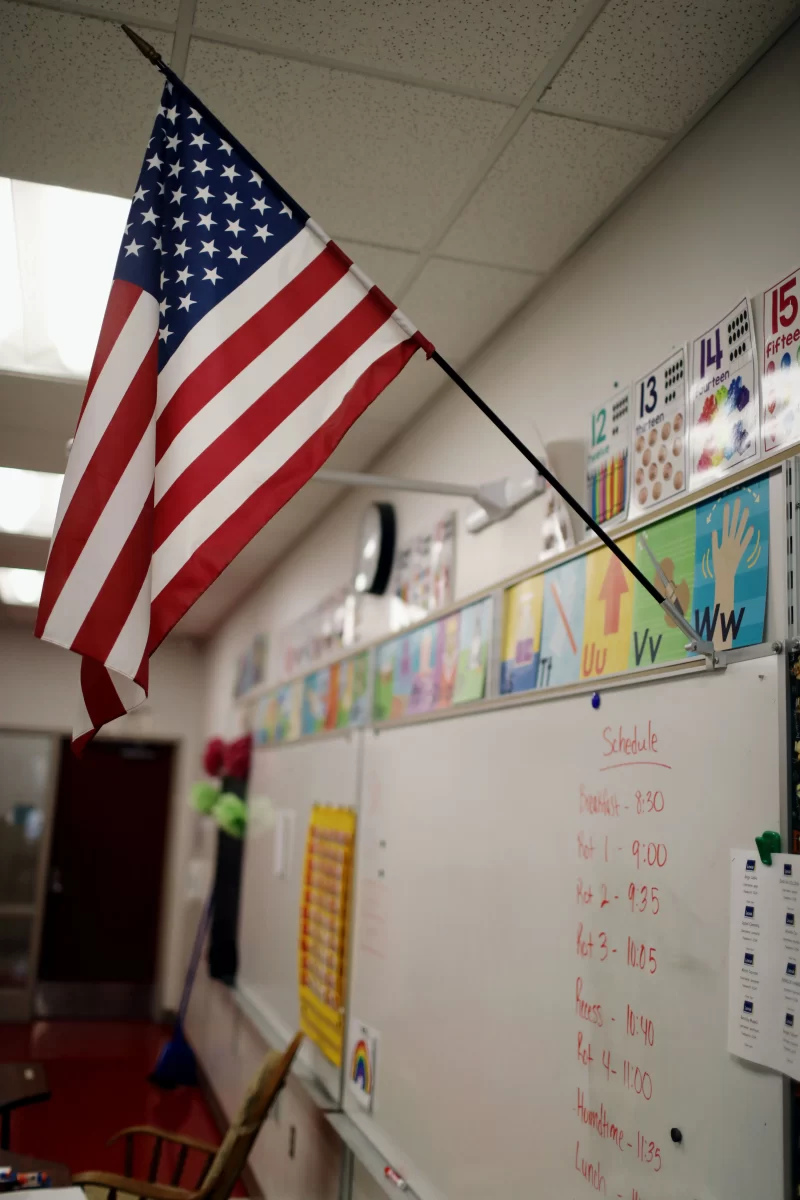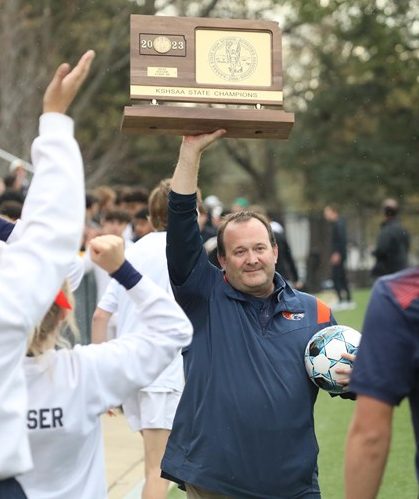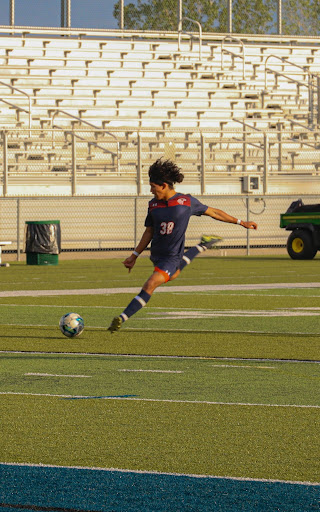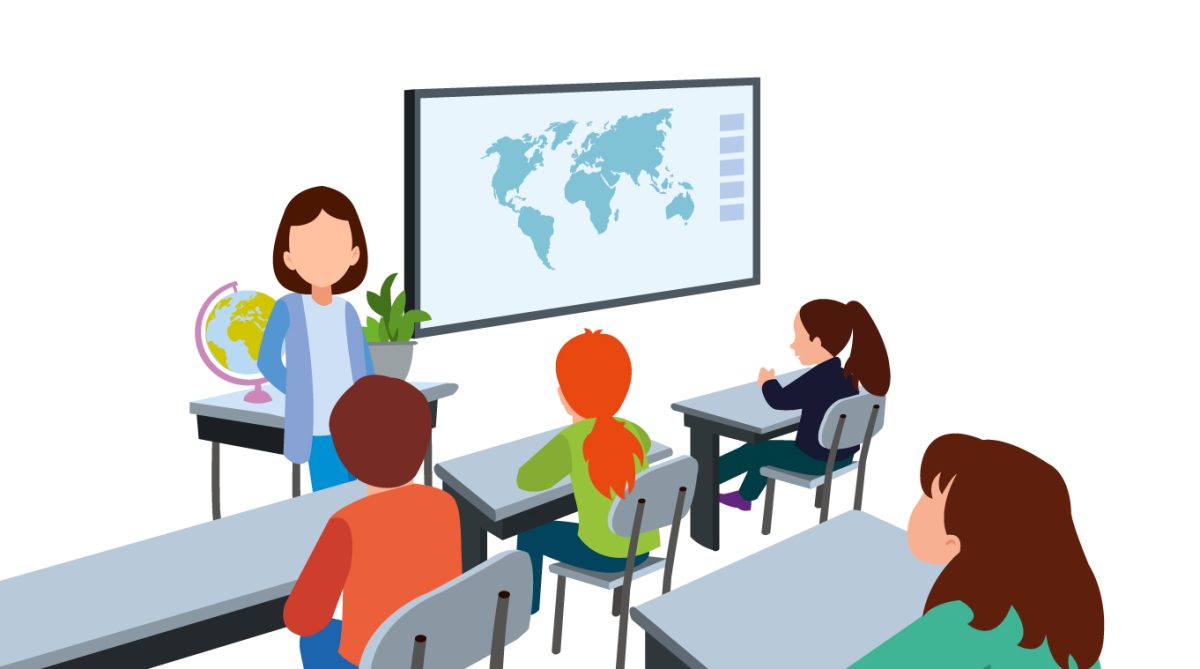In a classroom, it’s a hit or miss when it comes to the student’s attentiveness or participation, and most factors depend on the teaching method. It may not be something people acknowledge on a daily basis, but it should be because of its importance to a student’s learning. And while most teachers use the common authority teaching, it has many backfires waiting to happen and must be addressed.
With the amount of power each teacher is given, it’s only fair they learn how to appropriately apply that and limit their usage so that authority does not become acute. What most people overlook is the mutual respect that is required within student and teacher relationships in a classroom, and this goes both ways. If a teacher wants to discipline a student, doing so correctly affects the behavior the student might repeat or not repeat. Too much display of authority can entice a student to act out again and simply resending a student to ISS won’t fix anything as there is no personal involvement in attempting to change a student, which has been lacking recently. Some teachers tend to view their position as higher up and therefore lack respect for students as well as enthusiasm to specifically help them individually.
Each student might prefer a different style of teaching- and maybe some like authoritarian teaching, but many gravitate towards student-focused learning where the study is leaning towards the student’s interests and questions rather than following said amount of curriculum. This commonly results in more participation and willingness from the students as they feel less forced and more guided, as well as given personal help and explanation. More open-mindedness to the student’s needs rather than the goal of control will make the classroom environment more pleasant and less stressful for the students.


































